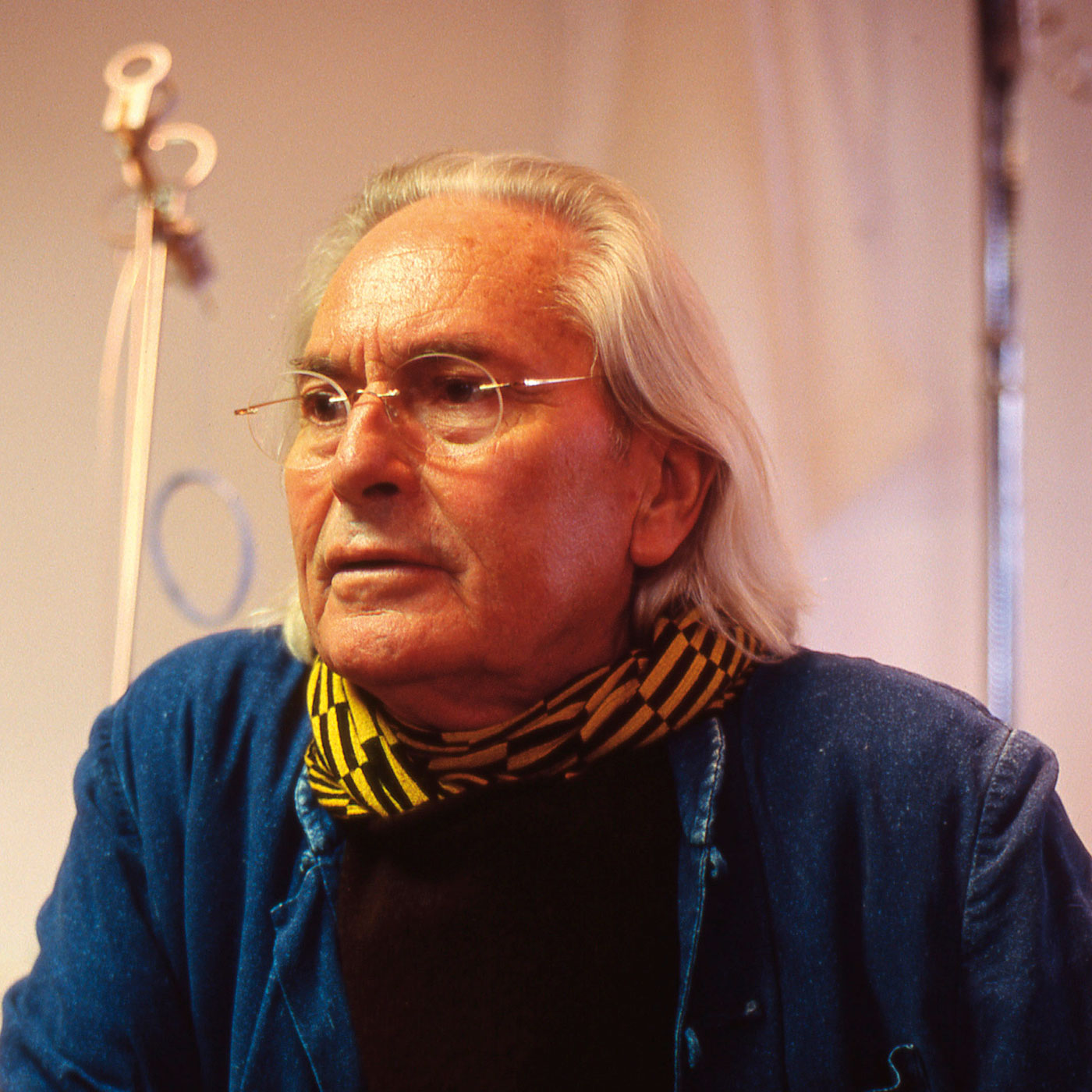Ingo Maurer – the German designer whose playful, unexpected creations earned him the nickname "poet of light" – passed away in his Munich home on 21 October 2019 reaching the respectable age of 87. For five decades, Maurer combined humour with the use of the latest technical innovations such as LEDs and OLEDs. Instagram exploded after the sad message showing how much he meant to so many. Among the reactions were comments on Maurer's "countless explorations about the magic and story of light will be deeply missed," and "a master of light, a dear friend, and a true visionary passed away". Throughout his career, he was rewarded manifold. Among many others, Mauer received the Compasso d'Oro, the Design Prize of the Federal Republic of Germany, as well as the title Royal Designer of Industry, the prestigious title awarded by the British Royal Society of Arts.
Maurer was born in the Interbellum, the period between the two World Wars. "I think of myself as a weed," he said in what was perhaps one of his last interviews. "I just grew, and a weed always comes back up. I went to school for only six years because of the war. That was it." In 1960, he tried his luck in the USA, living between New York and San Francisco for three years while working as a graphic designer and art director for a small advertising agency. But his career didn't fully take off until 1966 when he created one of his most popular designs. Bulb was initially conceptualised for an installation in Venice and consisted of an ordinary lightbulb, engulfed within a larger glass orb to form a table lamp. Early editions of Bulb are highly sought after.
Besides Bulb, the permanent collection of New York's Museum of Modern Art (MoMA), encompasses the winged lightbulb Lucellino, and Porca Myseria!, a chandelier made from an assemblage of broken porcelain and pottery. Perhaps Maurer's most iconic piece is Zettel'z light, a design from 1998.
His work – which straddles art and functional design – has been explored through solo exhibitions at New York's Cooper Hewitt Museum and the Stedelijk Museum in Amsterdam among others.
Maurer worked up until the end of his life, explaining in an interview with the Goethe Institut : "Although I sometimes would really like to pack it all in because I have the feeling that it's all getting to be too much for me, I then think about all those employees, so many of whom have been with us for so many years."
"When I founded the firm, I took on a great responsibility for these people, and I want to support and advance the company as long as I can," he continued. "Afterwards, they'll have to do without me, but I'm very confident they will manage."
His final installation, a large chandelier made of more than 3,000 silver-plated leaves, was completed in Munich's Residenz Theater on 18 October, just days before his death.
[gallery ids="13651,13648,13650,13645,13646,13647,13649,13643,13644"]
